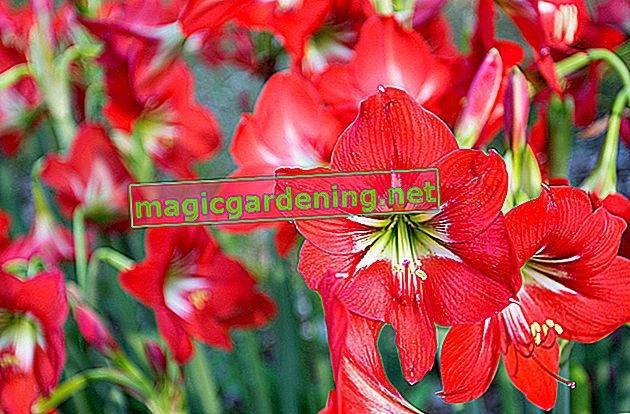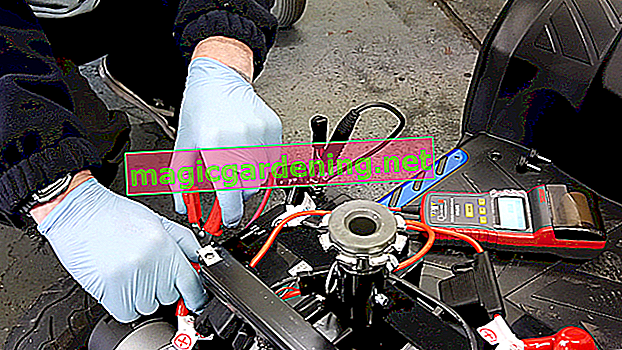
Where should I plant my Dipladenia?
The Mandevilla is one of the climbing plants and needs a climbing aid if it is to grow upwards. If it is in the garden bed, it must be dug up again early in autumn and moved to a moderately cool but bright room. It is also very suitable for planting window boxes or hanging baskets.
also read
- Can my Dipladenia overwinter in the cellar?
- Can I overwinter my Dipladenia outside?
- Help, my Dipladenia froze to death!
But always give your Dipladenia a light and warm place, because only in such a location will it feel comfortable and will show an abundance of flowers. If it doesn't get enough light or water, it won't flower.
How should my Dipladenia hibernate?
When the temperatures drop below about 8 ° C in autumn, bring your Dipladenia to its winter quarters. This should definitely be light and have temperatures between 8 ° C and 15 ° C. If the Dipladenia is too warm in winter, it will not bloom the following summer. Water the plant only a little, but don't let the soil dry out completely.
Before you bring your Mandevilla to its winter quarters, cut back the plant. It takes up less space, is easier to transport and also easier to maintain. In addition, the pruning contributes to a lush flowering. You can stimulate a Dipladenia that is rotten to bloom to bloom again. You use the cut shoots as cuttings and thus multiply your Dipladenia.
The essentials in brief:
- perennial but not hardy
- overwinter at 8 ° C to 15 ° C
- Cut back before wintering
- Winter must be light and not too warm
- Get used to it slowly in spring
Tips
If you want to enjoy your Dipladenia for many years, then overwinter the plant in a light and moderately cool place. Only then will it bloom profusely again for the next season.








